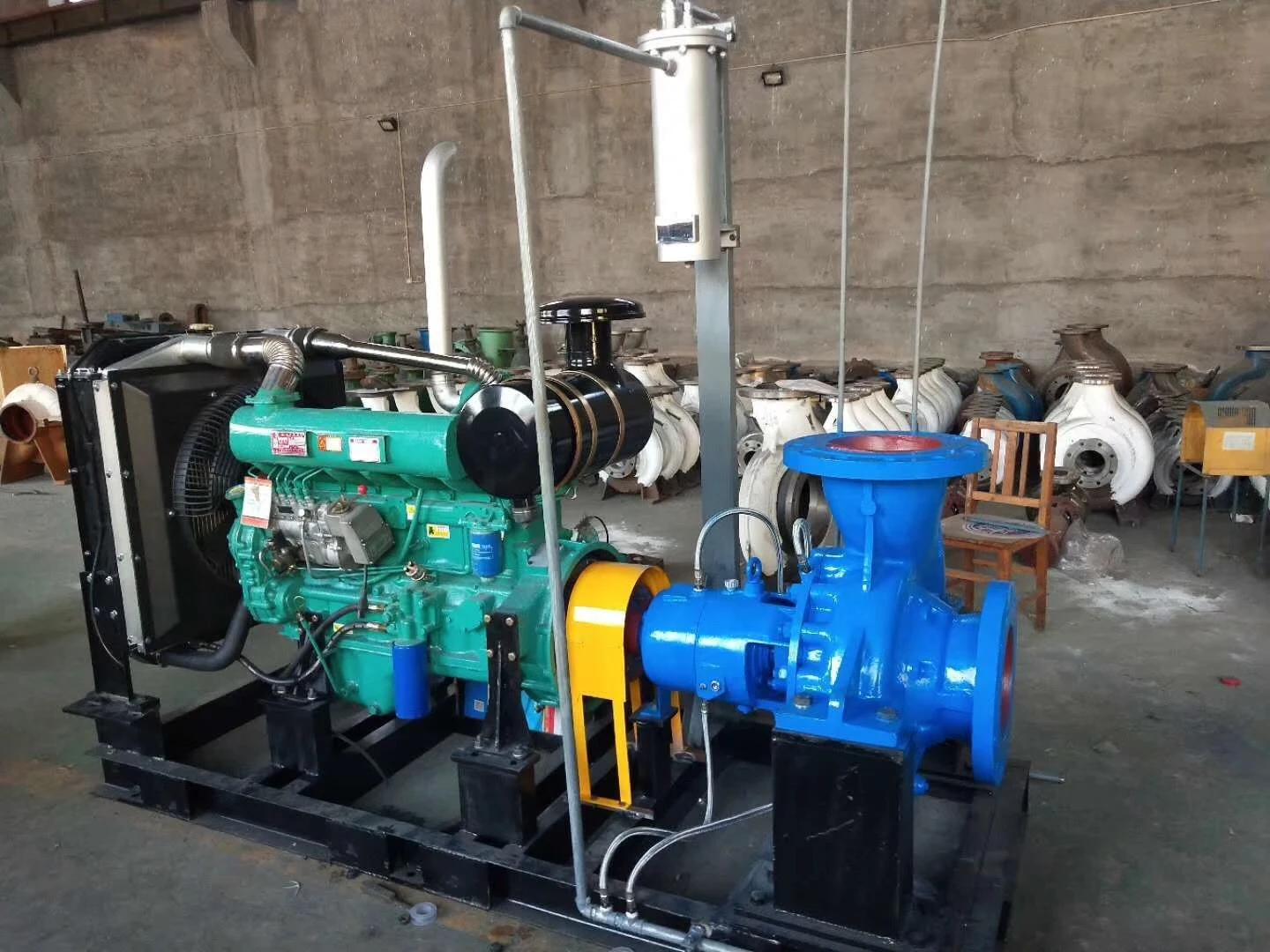English
- Afrikaans
- Albanian
- Amharic
- Arabic
- Armenian
- Azerbaijani
- Basque
- Belarusian
- Bengali
- Bosnian
- Bulgarian
- Catalan
- Cebuano
- Corsican
- Croatian
- Czech
- Danish
- Dutch
- English
- Esperanto
- Estonian
- Finnish
- French
- Frisian
- Galician
- Georgian
- German
- Greek
- Gujarati
- Haitian Creole
- hausa
- hawaiian
- Hebrew
- Hindi
- Miao
- Hungarian
- Icelandic
- igbo
- Indonesian
- irish
- Italian
- Japanese
- Javanese
- Kannada
- kazakh
- Khmer
- Rwandese
- Korean
- Kurdish
- Kyrgyz
- Lao
- Latin
- Latvian
- Lithuanian
- Luxembourgish
- Macedonian
- Malgashi
- Malay
- Malayalam
- Maltese
- Maori
- Marathi
- Mongolian
- Myanmar
- Nepali
- Norwegian
- Norwegian
- Occitan
- Pashto
- Persian
- Polish
- Portuguese
- Punjabi
- Romanian
- Russian
- Samoan
- Scottish Gaelic
- Serbian
- Sesotho
- Shona
- Sindhi
- Sinhala
- Slovak
- Slovenian
- Somali
- Spanish
- Sundanese
- Swahili
- Swedish
- Tagalog
- Tajik
- Tamil
- Tatar
- Telugu
- Thai
- Turkish
- Turkmen
- Ukrainian
- Urdu
- Uighur
- Uzbek
- Vietnamese
- Welsh
- Bantu
- Yiddish
- Yoruba
- Zulu
Telephone: +86 13120555503
Email: frank@cypump.com
Oct . 06, 2024 04:09 Back to list
which pump is used for slurry
Which Pump is Used for Slurry?
When it comes to handling abrasive and viscous materials such as slurries, selecting the right pump is crucial for efficient operation and maintenance. Slurries, a mixture of solids and liquids, are commonly found in mining, wastewater treatment, food processing, and many industrial applications. Given the nature of slurries, not all pumps are suitable; thus, understanding the types of pumps available and their specific applications becomes essential for optimal performance.
Types of Slurry Pumps
1. Centrifugal Slurry Pumps Centrifugal pumps are among the most commonly used pumps for slurry applications. They work by employing a rotating impeller to impart energy to the fluid, which then flows through the pump. The design of centrifugal slurry pumps focuses on handling high solid concentrations, allowing them to transport slurries efficiently. However, they may struggle with highly viscous materials or large particle sizes. Hence, it's crucial to select a centrifugal pump designed explicitly for slurry conditions.
2. Positive Displacement Pumps Positive displacement pumps are another option for slurry applications. Unlike centrifugal pumps that rely on rotational energy, positive displacement pumps work by trapping a fixed amount of slurry and then forcing it through the discharge pipeline. This type of pump is suitable for thicker slurries with high viscosity and can handle larger particles effectively. Common types of positive displacement pumps include diaphragm pumps, gear pumps, and progressive cavity pumps. They are known for their ability to maintain a consistent flow rate regardless of the pressure.
3. Submersible Slurry Pumps For applications where it is impractical to install a pump above ground, submersible slurry pumps are ideal. These pumps are designed to operate underwater and can effectively handle solid-laden liquids by being placed directly in the slurry. They come equipped with an electric motor enclosed in a waterproof casing, allowing for the safe movement of slurries in confined spaces like sumps or pits. Submersible pumps are available in both centrifugal and positive displacement designs, making them versatile for different slurry types.
Key Considerations When Choosing a Slurry Pump
When selecting the right slurry pump, several factors must be considered to ensure successful operation
which pump is used for slurry

- Type of Slurry Assess the composition, viscosity, and particle size of the slurry you are dealing with. This will affect whether you choose a centrifugal or positive displacement pump.
- Pump Material Slurries can be abrasive and corrosive. Therefore, selecting a pump made from durable materials like stainless steel, rubber-lined components, or high chrome alloys is vital in enhancing the pump's lifespan.
- Flow Rate and Head Pressure Determine the required flow rate and head pressure for your application. This will help in selecting a pump that meets the system's operational parameters.
- Maintenance Requirements Some pumps require more maintenance than others. Understanding the maintenance needs and ease of access to components can help minimize downtime.
- Energy Efficiency Choose a pump that is energy-efficient to reduce operational costs. Some advanced pumps are designed to perform with lower energy consumption while maintaining high efficiency.
Conclusion
The selection of the right pump for slurry applications is critical for preserving operational efficiency and reducing maintenance costs. Centrifugal and positive displacement pumps, along with submersible designs, each offer unique advantages depending on the slurry type and application conditions. By thoroughly evaluating the slurry’s characteristics and application requirements, one can make an informed choice, thereby enhancing productivity and extending the life of the pumping equipment. Whether in mining, wastewater treatment, or other industries, understanding the right pump for slurry is an essential aspect of industrial operations.
-
ISG Series Pipeline Pump - Chi Yuan Pumps | High Efficiency, Durable Design
NewsAug.01,2025
-
Advanced Flue Gas Desulfurization Pump with GPT-4 Turbo | Durable & Efficient
NewsJul.31,2025
-
ISG Series Vertical Pipeline Pump - Chi Yuan Pumps | Advanced Hydraulic Design&Durable Construction
NewsJul.31,2025
-
ISG Series Vertical Pipeline Pump - Chi Yuan Pumps | Energy Efficient & Low Noise
NewsJul.31,2025
-
pipeline pump - Chi Yuan Pumps Co., LTD.|High Efficiency&Low Noise
NewsJul.31,2025
-
ISG Series Vertical Pipeline Pump - Chi Yuan Pumps Co., LTD.|High Efficiency, Energy Saving, Low Noise
NewsJul.30,2025










